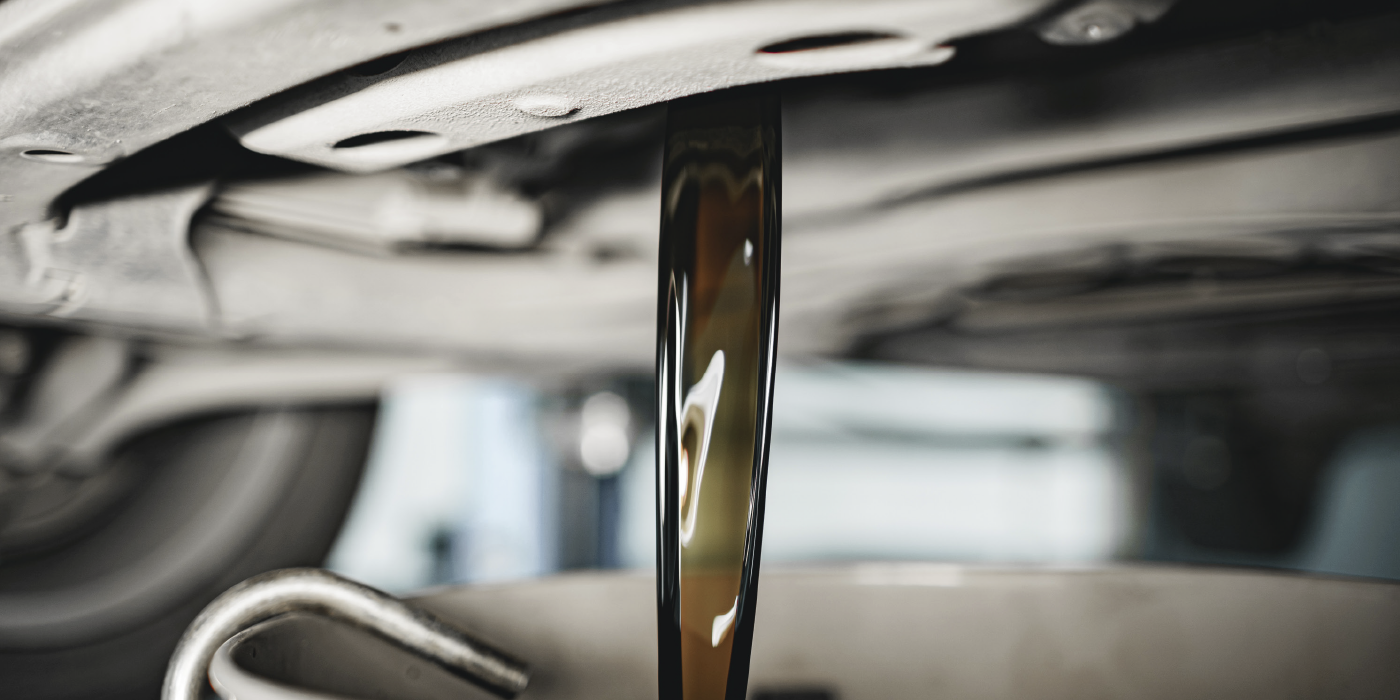Various complaints concerning the engine, transmission, clutch or noise characteristics of the vehicle have been traced to the absence or damage of the alignment dowels between the engine and transmission.
In many cases, the dowels required to center the engine/transmission were not fitted, or were damaged during a previous repair in which the engine and transmission were separated.
If the alignment of the engine flywheel to the transmission input shaft or torque converter is incorrect, any of the following complaints may result:
1. Clutch complaints: slipping, shudder or poor disengagement;
2. Noise from the transmission input shaft;
3. Transmission pops out of gear;
4. Difficulty changing gears; or
5. Internal damage to an automatic transmission.
Service Procedure:
When performing any repair, which involves separating the engine and transmission, always check that the dowels are undamaged and properly in place before reassembly.
Note: Only aluminum dowels may be used for engines with a magnesium crankcase. Always refer to ETK for the correct dowels for the engine and model concerned.
Courtesy of Mitchell 1.
For more information on Mitchell 1 products and services, automotive professionals can log onto the company’s website at www.mitchell1.com.













